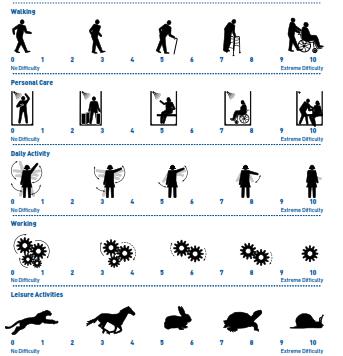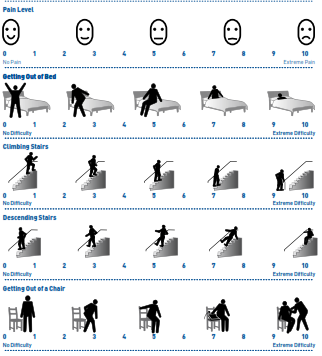Emergency Message
Welcome to Moov India Website! This website may store cookies.
People with chronic pain often stop “living”
Vaishali had always been active. She may not have been an athlete, but she had taken good care of her health and had stayed fit through most of her adult life. But as she reached her 45th birthday, pain became part of her vocabulary and was now something that she had to deal with on a daily basis. So she began to withdraw. The chronic pain meant that she stopped going to the park for her regular walks, she stopped attending her kitty parties, she stopped running errands… and she began to get frustrated.
Improving Daily Functioning
Vaishali’s doctor had met many such patients before. Patients who in order to avoid to minimize their persistent pain or a pain flare just stop doing anything that involves activity or exertion. So he explained to her that besides pain relief, “improving daily functioning” was another important aspect of chronic pain management. This means, regaining those functions that were lost to chronic pain or finding ways to handle routine, everyday tasks, despite the pain. And for this, it is important to set goals.
What goals?
The journey of a thousand miles begins with one step
So if you cannot walk a mile right now, your immediate goal should not be to run a marathon. Or to play a 50-over cricket match. You can start small and build up slowly and steadily.
Some of these goals could be:
What goals are right for me?
Along with your doctor, it’s important to set goals – keeping in mind the treatment that you will require to reach these goals. When you set goals, keep in mind some important points, so that you don’t run out of S.T.E.A.M mid-way.
S: Set a SPECIFIC goal in mind. Like we discussed earlier before – your goal could be climbing one or two flight of stairs, going for a 2 km walk etc.
T: Make it TIME-bound. Don’t overdo or underdo the activity – so set a fixed time for the length of the activity
E: EVERYDAY. Good goals are those that can be done routinely, every day if possible.
A: ACHIEVABLE: Once again, like we discussed earlier, your goal should be achievable. Set small goals at first, and then increase your activity. Otherwise, you will get discouraged.
M: MEASURABLE: It’s good if you can measure your progress – “how often” or “for how long” or “how far” have you been able to do this activity.
As you begin to reach your goals, talk to your doctor and slowly work on setting new activity goals or increasing the time or distance. Persistence is the key here. After all, the journey of a thousand miles begins with just one step.
Sample activity chart to understand the difficulty level to complete routine tasks
(0-Not difficult and 10 – extremely difficult)

